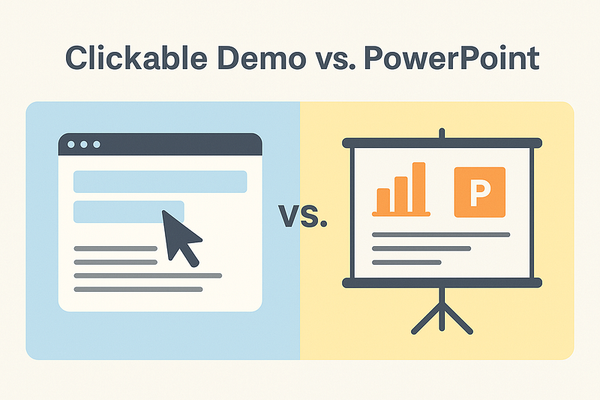The AI Hype Trap: Why You Should Be Skeptical of Overnight Success Stories
“I built a revenue-generating AI startup in a weekend.”

You’ve seen the posts. The screenshots. The “influencer” hype.
It’s the latest version of tech theater… flashy demos, breathless founders, and just enough buzzwords to sound convincing. AI has become the magic dust people sprinkle on half-baked ideas to make them look like businesses.
But here’s the truth…most of these stories fall apart the moment you ask a fundamental business question.
So what does it actually take to build a viable product in this new age of AI?
And why should you think twice when someone claims they launched a company with ChatGPT and a weekend of “grinding”?
What Is a Product, Really?
A real product is not a landing page and some auto-generated code.
It’s a working solution to a real problem…something people use, trust, and are willing to pay for.
Sure, AI can help you move faster. It can speed up prototyping, writing, testing, and even deployment. But the distance between a prototype and a product is wider than most people admit.
A real product requires:
- Deep understanding of the customer and their problem
- A functional, reliable solution
- Ongoing delivery, updates, and support
- Actual users or buyers who see real value
I hate to break it to you but building a real viable product in the age of AI looks a lot like how it did before AI was everywhere…and it doesn’t happen in a weekend.
What an MVP Is — and What It’s Not
Let’s clear up another common misconception: a minimum viable product (MVP) isn’t the fastest thing you can build. It’s the smallest product that still delivers meaningful value and validates a business assumption.
I used to have a CEO that liked to say we don’t need an MVP, we need a minimum lovable product. He wasn’t wrong. You need people to fall in love with your product. Maybe because it solves a pain point for them or maybe just because its fun.
A legitimate MVP still needs to:
- Work reliably
- Be usable by real users
- Deliver value in the wild, not just in a demo
- Provide learning or traction you can act on
Too many AI weekend projects get labeled as MVPs when they’re barely functional prototypes. If it breaks under real-world usage, it’s not a product…it’s a toy.
What It Actually Takes to Build a Business
Let’s assume you did manage to build a simple tool over the weekend. That’s a great start but you’re nowhere near a meaningful and viable startup or business. You’re probably still a long ways from even an MVP.
Here’s what else you need:
- Security: Can people trust your platform with their data?
- Reliability: Can your product handle real usage without breaking?
- Support: Who’s there when something goes wrong?
- Revenue Model: Do you have paying customers? Can you acquire more?
- Legal and Governance: Do you have terms of service, a privacy policy, and proper protections in place?
- Operations: How are you deploying updates, fixing bugs, and tracking performance?
These are not edge cases, they’re table stakes. This is what separates a weekend project from a real product and real business.
Why the Hype Keeps Spreading
These stories go viral because they’re seductive. They tell us that entrepreneurship doesn’t have to be hard. They tell you all you need the right prompt or tool.
But behind almost every “overnight success” is one or more of the following:
- A founder with 10+ years of experience
- Pre-built code, design systems, or distribution channels
- An existing audience or customer base
- A whole lot of marketing gloss
- And probably a lot of smoke and mirrors
These posts are often more about attention than traction. More engagement farming than business building. Most these people make their living from being an “influencer” and not actually building products or businesses.
AI Is an Accelerant…Not a Shortcut
To be clear, I’m not anti-AI. I use it daily. It can help you move faster, experiment more cheaply, and automate parts of your workflow. It can also slow you down and turn into a major time suck.
AI doesn’t replace fundamentals. It doesn’t eliminate product-market fit. It doesn’t solve bad ideas or cover weak execution.
You still need:
- A real problem worth solving
- A solution that works in production
- A business model with unit economics that makes sense
- A clear understanding of your customer and market
If you skip those things, AI gets you to failure faster.


